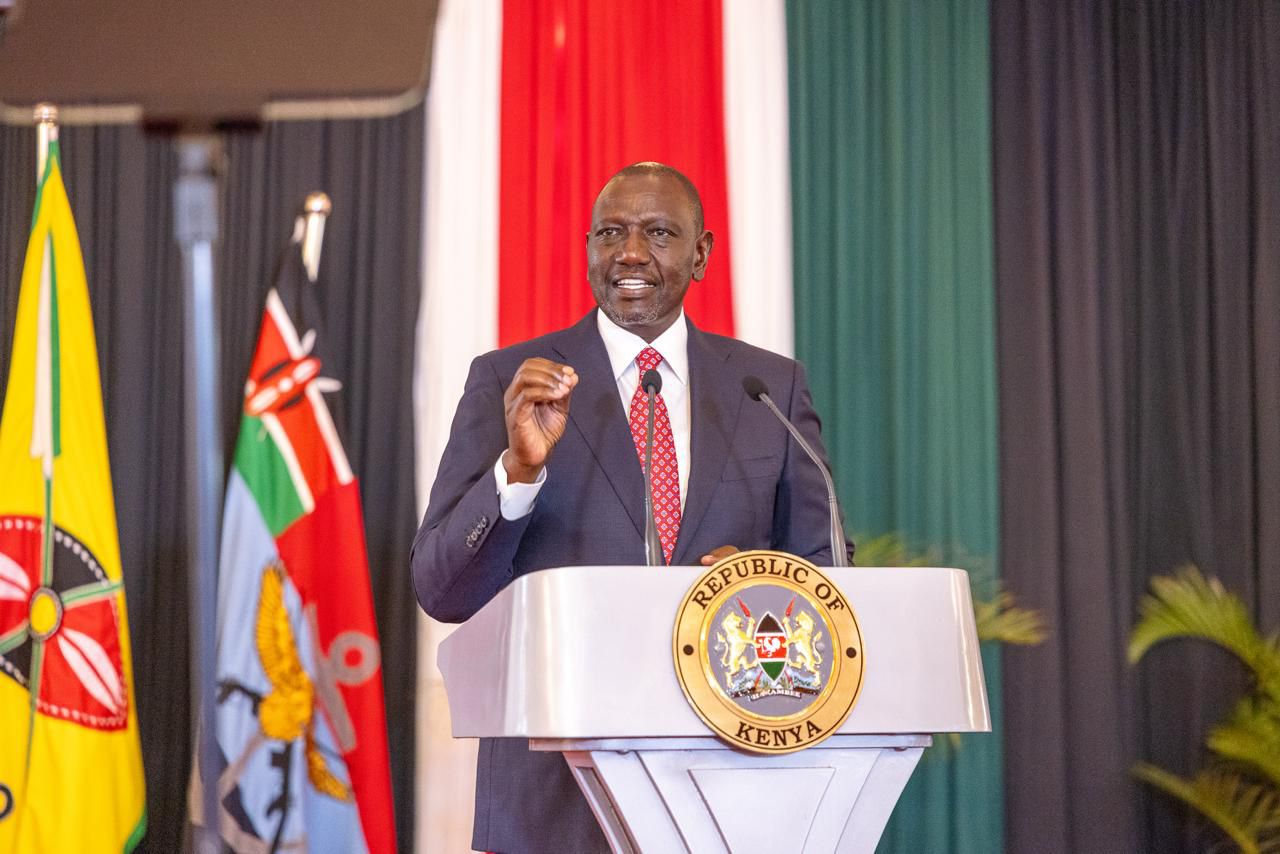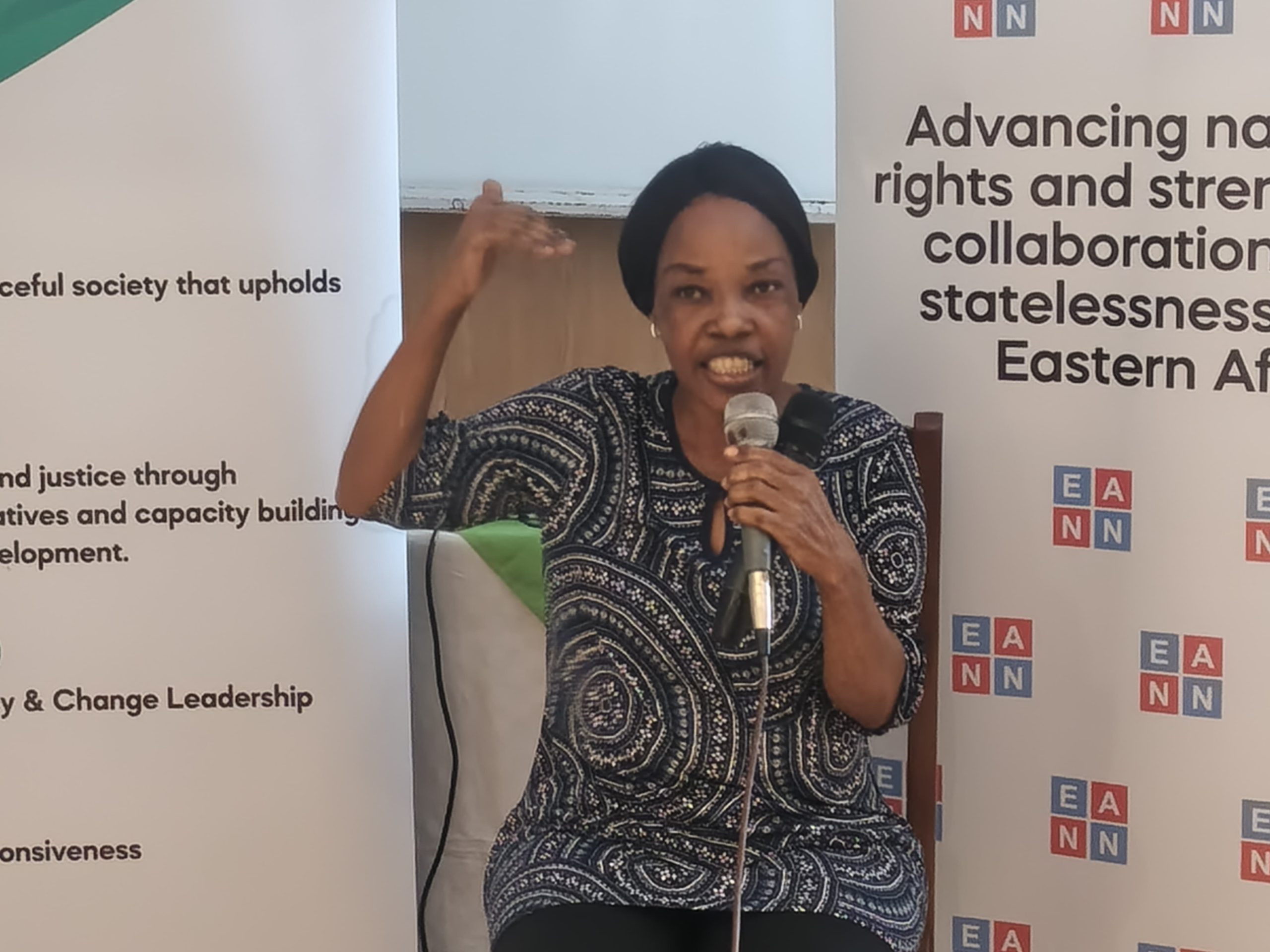A deviation from the initial government funding arrangement has emerged that puts parents at the centre of financing higher education in the country.
Previously, the funding framework was structured around four distinctive categories of students, namely “vulnerable,” “extremely needy,” “needy” and “less needy.”
However, this system has since undergone a paradigm shift, expanding into five bands.
The revised approach assigns students varying sums ranging from Ksh40,000 to Ksh60,000 but contingent to their respective household’s financial muscle.
This modification represents a significant departure from the former design, wherein the vulnerable and extremely needy were the beneficiaries of full governmental sponsorship, with no burden on their households.
On the other hand, the needy and less needy were tasked with contributing seven per cent toward their university education, the rest of the amounts being footed by scholarships and loans.
The revamped system now places students in Band One (formerly designated as vulnerable) under the auspices of 70 per cent scholarships and 25 per cent loans.
In this paradigm, parents are obliged to contribute a modest five per cent of the total fee costs while students are allocated Ksh60,000 for their sustenance.
In “Band Two” (previously extremely needy), students will benefit from a 60 per cent scholarship and 30 per cent loans, with parents shouldering 10 per cent of the financial burden.
Concurrently, the government has committed to disbursing Ksh55,000 per student for their upkeep.
“Band Three” (formerly needy) students will find themselves receiving 50 per cent scholarships and 30 per cent loans, with parents assuming a 20 per cent share of the education expenses. In addition, students in this category will receive Ksh50,000 to sustain their daily needs.
An addition to the system, Band Five will provide students with 30 per cent scholarships and another 30 per cent in loans, leaving households accountable for 40 per cent of the cost. Students in this grouping will be allocated Sh40,000 for their daily subsistence.
These adjustments arise amidst apprehensions regarding the sustainability of the initial funding formula.
Public universities and colleges are grappling with a financial crisis due to delayed government funding disbursements. Consequently, Vice-Chancellors (VCs) have had to navigate this predicament by reallocating funds originally intended for continuing students to support new student budgets.
Both HELB and the Universities Fund (UF) have successfully categorized students for scholarships and loans, with verification and categorization reaching around 220,000 students.
However, the release of funds hinges on approvals from their respective boards, creating uncertainty around the timing of the disbursement.
By Viola Chepkemoi
Get more stories from our website: Education News
To write to us or offer feedback, you can reach us at: editor@educationnews.co.ke
You can also follow our social media pages on Twitter: Education News KE and Facebook: Education News Newspaper for timely updates.
>>> Click here to stay up-to-date with trending regional stories






